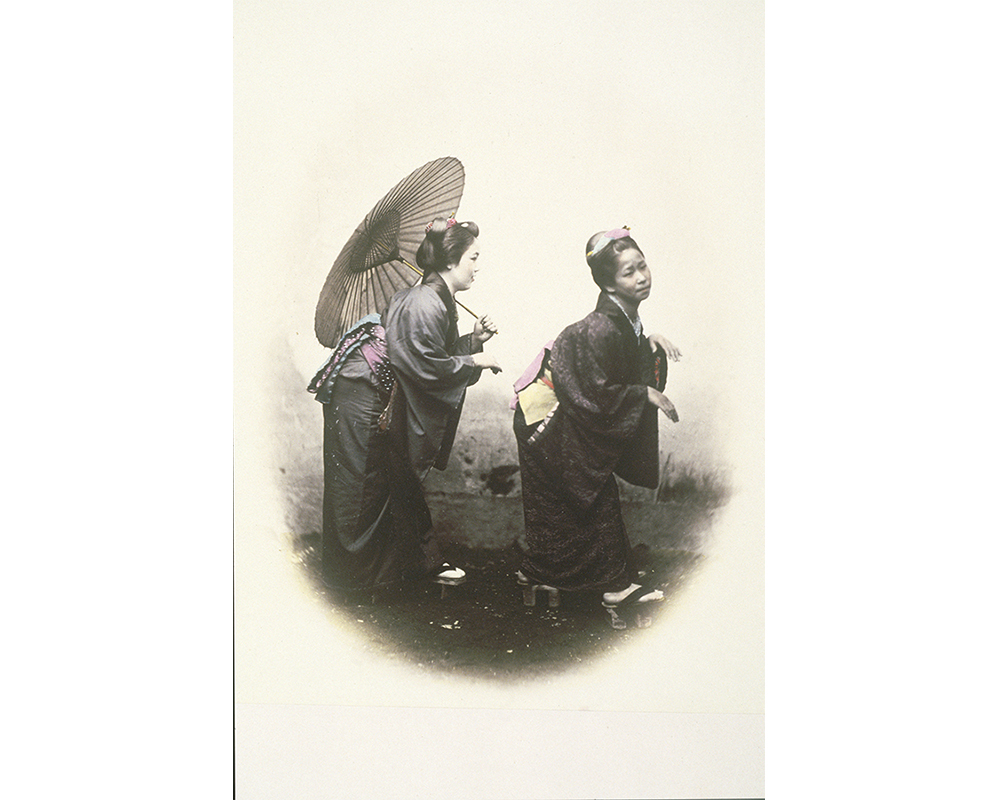
The Grecian Bend | 体 Modern Images of the Body from East Asia
Maia Erslev '18 is an anthropology major, museums concentrator, and member of the class of 2018. In this post, she shares her experience working with Yao Wu, the inaugural Jane Chace Carroll Curator of Asian Art on the current exhibition “体: Modern Images of the Body from East Asia,” on view through August 26.
I am a senior here at Smith and for the past 2 years, I have helped with the new exhibition, “体 Modern Images of the Body from East Asia.” Since the fall of 2016, I have worked closely with Yao Wu, the inaugural Jane Chace Carroll Curator of Asian Art. I am an anthropology major with a geographic focus on Asia and I am part of the museums concentration. Given my academic interests, working with Yao was a great fit!
When I first started my work at the museum, Yao wanted me to familiarize myself with the museum’s permanent collection of Asian art. After some initial research, I was drawn to the general theme of Western male depictions of Eastern women’s bodies. This uneasy relationship was clearly shown through the museum’s significant collection of early Japanese photography, specifically that of the Italian photographer, Felice Beato.
Beato was one of the earliest Western photographers to travel to Asia. He traveled to Japan and opened a studio in Yokohama in 1863. In this studio he staged many of his famous photographs featuring Japanese people dressed in traditional attire and appearing to be engaging in traditional activities. Beato’s collections of Japanese photographs were sold to Western audiences across Europe – many of whom had never seen images of Asia. From the Western standpoint, his photographs were unfiltered, realistic depictions of “the Orient.” As an anthropology major, I am fascinated with how Beato’s photographs embody this cross cultural exchange and set a precedent for how the West viewed the East.
My favorite photograph from the Beato collection is the one that best expresses this cross cultural exchange. The Grecian Bend is a staged photograph of two woman wearing traditional Japanese kimonos and striking an awkward and uncomfortable looking pose. As the title implies, this stooped pose is called the Grecian Bend. The pose was loosely inspired by the graceful, smooth, sloping curves found on ancient Greek statues. The popularity of “the bend” swept through England in the mid 1800s and soon made its way to Victorian America, where it reached its peak in the 1860s. The pose these two Japanese women are in is decidedly Western. It almost goes without saying that Beato intentionally choreographed these sitters to imitate this Western pose to be more appealing to his Western customers.